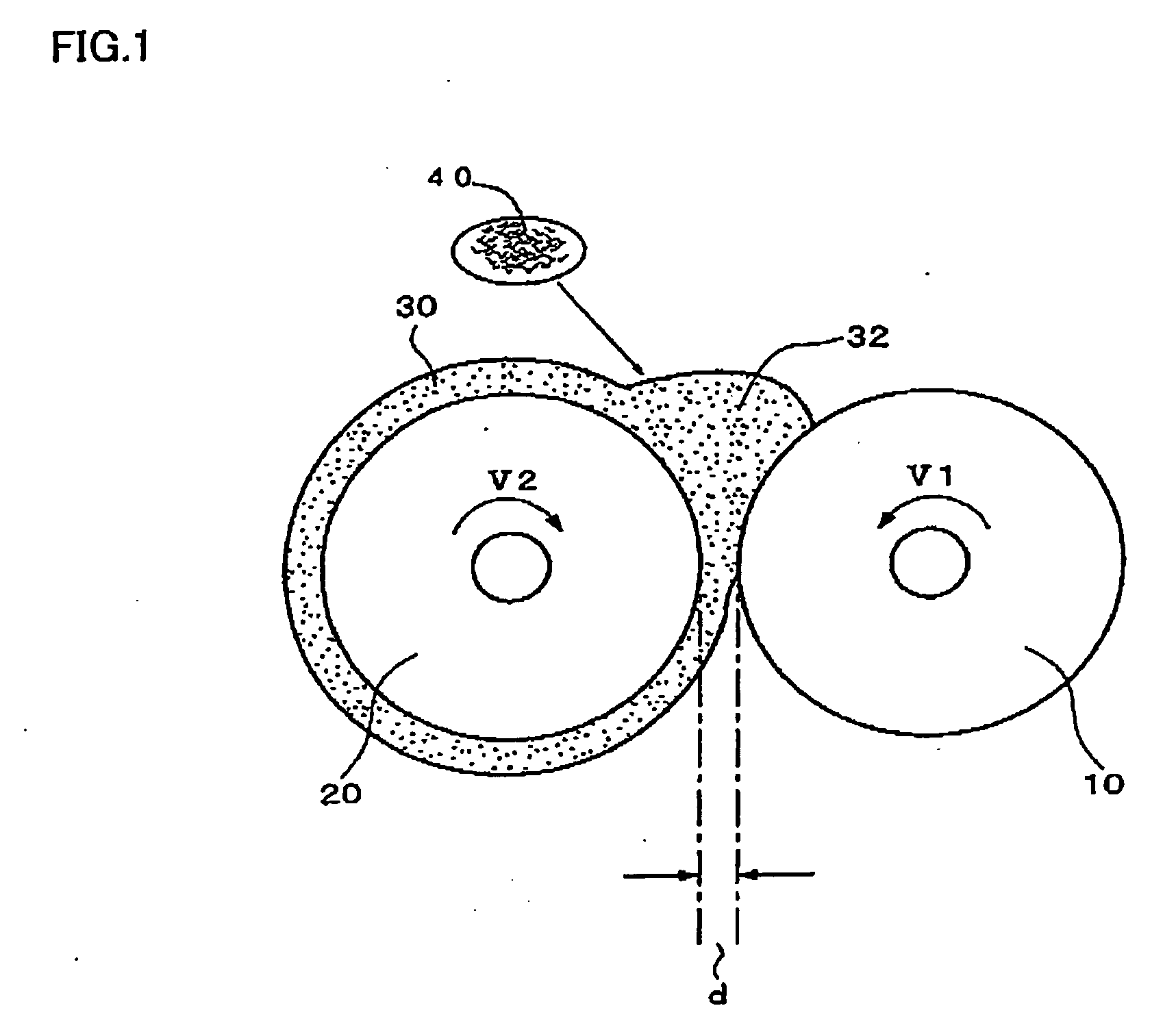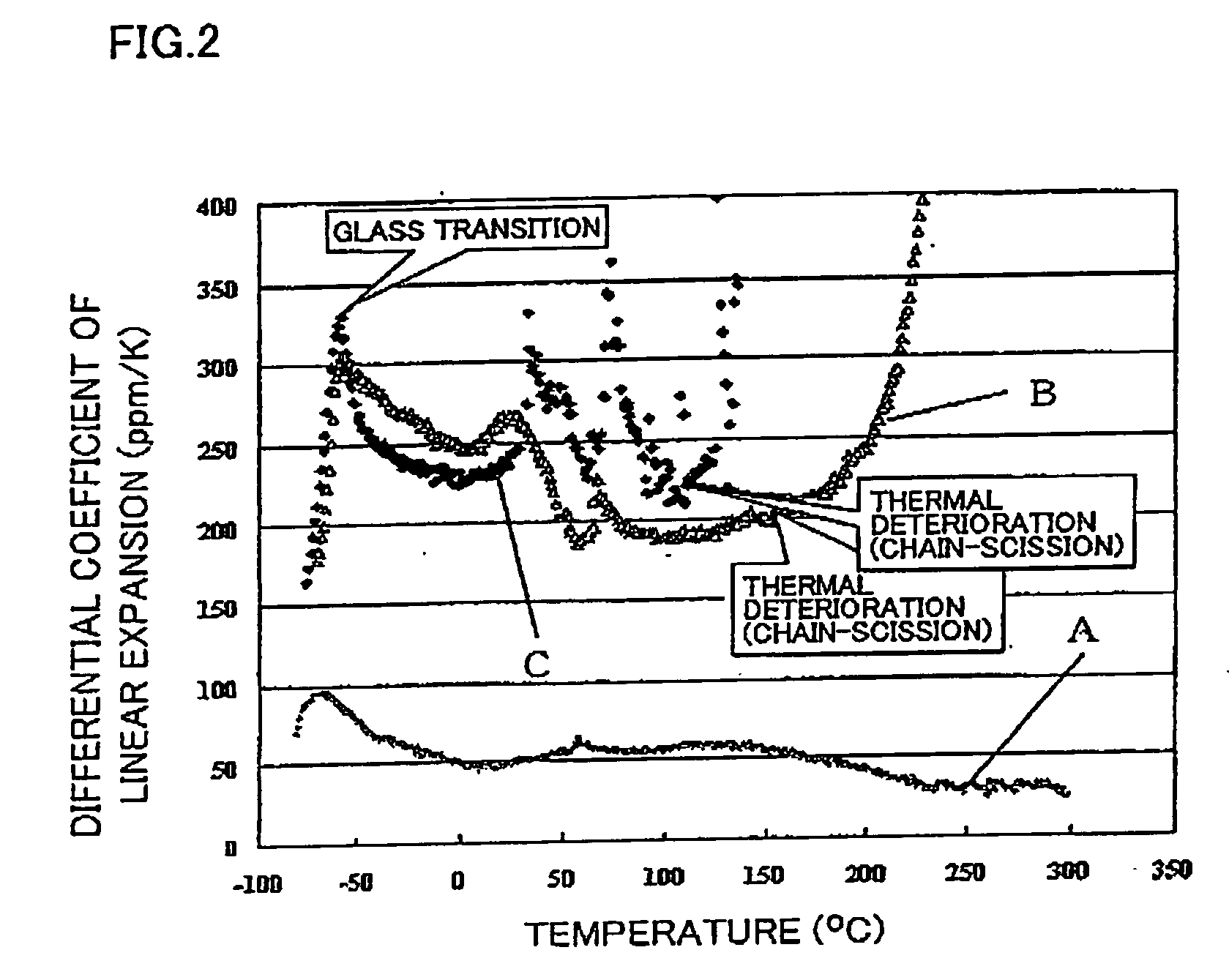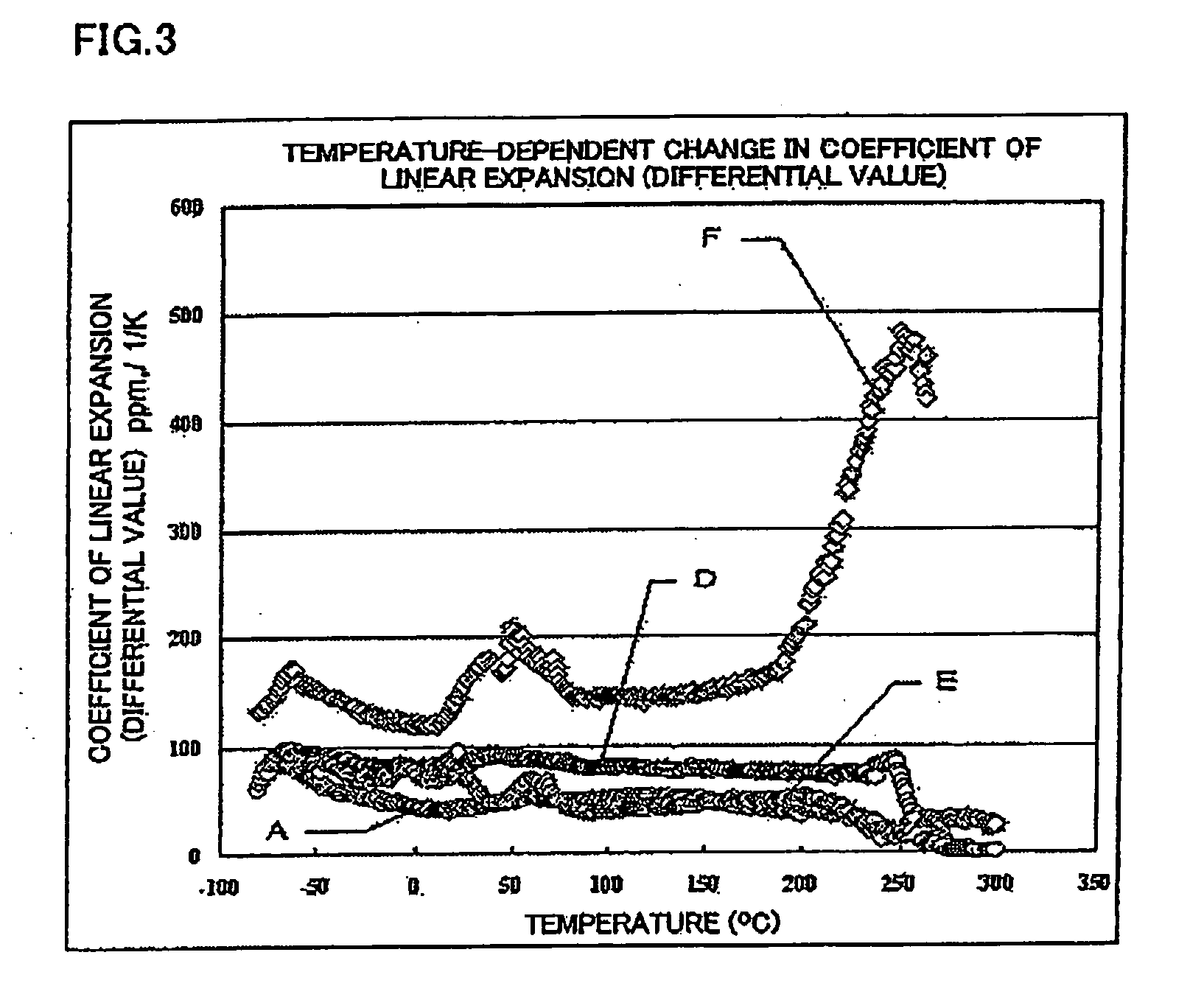Carbon fiber composite material
a composite material and carbon fiber technology, applied in the direction of fuels, waste based fuels, transportation and packaging, etc., can solve the problems of difficult to provide thermal expansion isotropy to a composite material using fibers, and the application limit is to a sheet or plate form
Inactive Publication Date: 2007-05-03
NISSIN KOGYO CO LTD
View PDF15 Cites 33 Cited by
- Summary
- Abstract
- Description
- Claims
- Application Information
AI Technical Summary
Benefits of technology
[0017] the carbon fiber composite material having an average coefficient of linear expansion of 100 ppm
Problems solved by technology
However, it is difficult to provide thermal expansion isotropy to a composite material using fibers in comparison with a composite material using particles.
Theref
Method used
the structure of the environmentally friendly knitted fabric provided by the present invention; figure 2 Flow chart of the yarn wrapping machine for environmentally friendly knitted fabrics and storage devices; image 3 Is the parameter map of the yarn covering machine
View moreImage
Smart Image Click on the blue labels to locate them in the text.
Smart ImageViewing Examples
Examples
Experimental program
Comparison scheme
Effect test
 Login to View More
Login to View More PUM
| Property | Measurement | Unit |
|---|---|---|
| Temperature | aaaaa | aaaaa |
| Temperature | aaaaa | aaaaa |
| Length | aaaaa | aaaaa |
Login to View More
Abstract
A carbon fiber composite material including an elastomer and 15 to 50 vol % of carbon nanofibers dispersed in the elastomer. The elastomer includes an unsaturated bond or a group exhibiting affinity to the carbon nanofibers, and the carbon nanofibers has an average diameter of 0.7 to 15 nm and an average length of 0.5 to 100 micrometers. The carbon fiber composite material has an average coefficient of linear expansion of 100 ppm/K or less and a differential coefficient of linear expansion of less than 120 ppm/K at −80 to +300° C.
Description
[0001] Japanese Patent Application No. 2005-194029, filed on Jul. 1, 2005, Japanese Patent Application No. 2005-84504, filed on Mar. 23, 2005, and Japanese Patent Application No. 2006-47102, filed on Feb. 23, 2006, are hereby incorporated by reference in their entirety. BACKGROUND OF THE INVENTION [0002] The present invention relates to a carbon fiber composite material. [0003] A composite material is generally provided with physical properties corresponding to the application by combining a matrix material and reinforcing fibers or reinforcing particles. In particular, a reduction in effects due to thermal expansion of parts has been demanded in the fields of semiconductor manufacturing equipment, optical equipment, and microprocessing equipment. To deal with this demand, composite materials using various reinforcing fibers (e.g. carbon fibers) have been proposed (e.g. WO 00 / 64668). [0004] However, it is difficult to provide thermal expansion isotropy to a composite material using ...
Claims
the structure of the environmentally friendly knitted fabric provided by the present invention; figure 2 Flow chart of the yarn wrapping machine for environmentally friendly knitted fabrics and storage devices; image 3 Is the parameter map of the yarn covering machine
Login to View More Application Information
Patent Timeline
 Login to View More
Login to View More IPC IPC(8): D01F9/12C08K3/04
CPCB82Y30/00C08J5/005C08J5/042C08J2321/00Y02E50/10Y02E50/30C10L5/44B65D85/00C10L11/04C10L11/06
Inventor NOGUCHI, TORUMAGARIO, AKIRA
Owner NISSIN KOGYO CO LTD
Features
- R&D
- Intellectual Property
- Life Sciences
- Materials
- Tech Scout
Why Patsnap Eureka
- Unparalleled Data Quality
- Higher Quality Content
- 60% Fewer Hallucinations
Social media
Patsnap Eureka Blog
Learn More Browse by: Latest US Patents, China's latest patents, Technical Efficacy Thesaurus, Application Domain, Technology Topic, Popular Technical Reports.
© 2025 PatSnap. All rights reserved.Legal|Privacy policy|Modern Slavery Act Transparency Statement|Sitemap|About US| Contact US: help@patsnap.com



